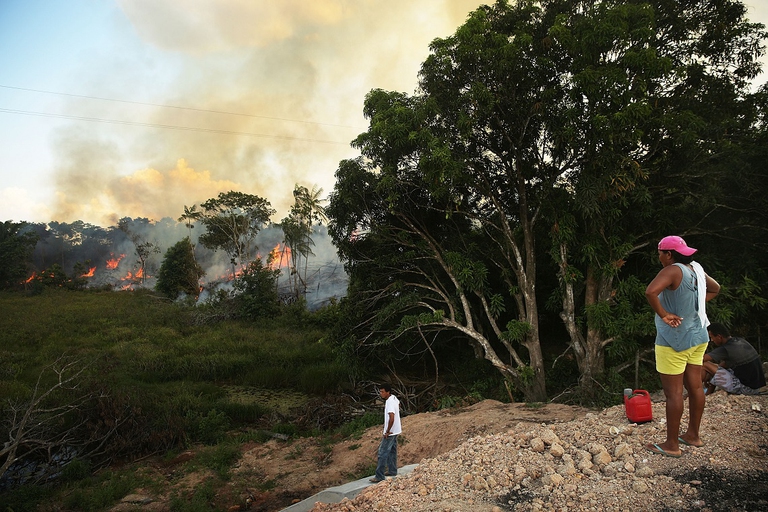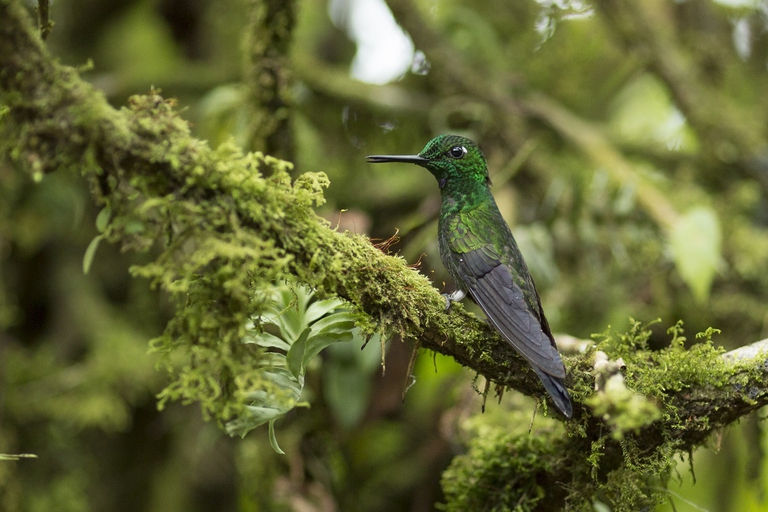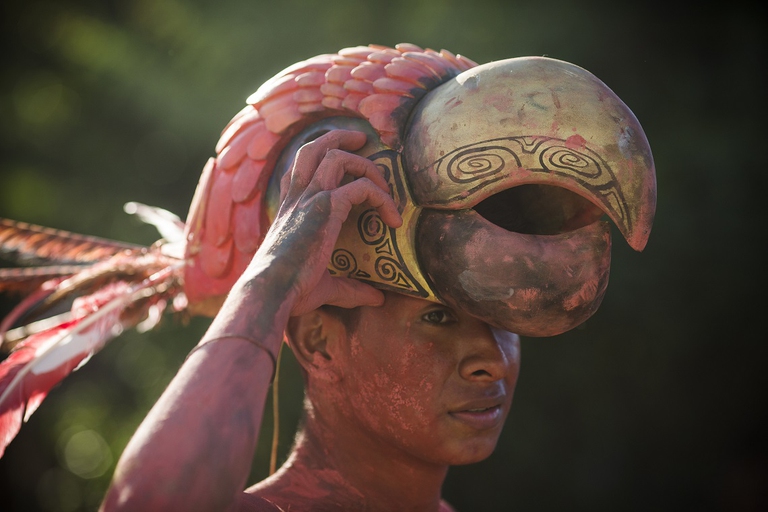
The Amazon became an alternative classroom during the pandemic. Now, the educational forest in Batraja, Bolivia, lives on to teach children and adults the value of nature.
La cosiddetta “narco-deforestazione” minaccia le foreste centroamericane, i trafficanti comprano terreni da disboscare per riciclare il denaro sporco.
Cocaine trafficking is responsible for the disappearance of millions of hectares of tropical forest in Central America, threatening the very survival of local communities and that of biodiversity. This is what has been defined “narco-deforestation”.
Researchers from the Oregon University conducted a study published in the journal Environmental Research Letters to assess such alarming trend. They demonstrated that huge forest areas are purchased by traffickers to launder their profits from drug trafficking. Researchers suggest that traffickers are responsible for up to 30 per cent of annual deforestation in Central America, turning forest areas into agricultural land.
The study, based on annual deforestation estimates from 2001 to 2014, analysed six countries in Central America key to cocaine trafficking towards North America and Europe: Nicaragua, Panama, Costa Rica, Guatemala, El Salvador, and Honduras. “Starting in the early 2000s, the United States-led drug enforcement pushed drug traffickers into places that were harder to patrol, like the large, forested areas of central America,” said David Wrathall, a study’s co-author.
In these pristine areas drug traffickers launder their profits from cocaine (about six billion dollars every year) by purchasing and deforest large areas of forest in order to set up ranches, farms and breeding farms. This has a negative impact on biodiversity and protected areas. “Most of the ‘narco-driven’ deforestation we identified happened in biodiverse moist forest areas, and around 30-60 per cent of the annual loss happened within established protected areas, threatening conservation efforts to maintain forest carbon sinks, ecological services, and rural and indigenous livelihoods,” said the study’s lead author, Dr Steven Sesnie from the US Fish and Wildlife Service.
The study’s authors suggest that to reverse such trend and save Central American forests and communities is essential adopting more effective policies regarding drugs and the environment, both on an international and national level. “Obviously, ending the illegal drug trade would be the best solution, but that isn’t going to happen,” said Sesnie. “In fact, when drug enforcement efforts are successful, they often push the activity into remote areas that haven’t had issues before, such as remote biodiversity hotspots”.
Siamo anche su WhatsApp. Segui il canale ufficiale LifeGate per restare aggiornata, aggiornato sulle ultime notizie e sulle nostre attività.
![]()
Quest'opera è distribuita con Licenza Creative Commons Attribuzione - Non commerciale - Non opere derivate 4.0 Internazionale.
The Amazon became an alternative classroom during the pandemic. Now, the educational forest in Batraja, Bolivia, lives on to teach children and adults the value of nature.
Our species took its first steps in a world covered in trees. Today, forests offer us sustenance, shelter, and clean the air that we breathe.
Bangladesh suffered widespread damage as a result of Cyclone Amphan. Yet the Sundarbans mangrove forest acted as a natural barrier protecting the country from further destruction, as it has done countless times before.
On top of a 2.4 million dollar compensation, the indigenous Ashaninka people will receive an official apology from the companies who deforested their lands in the 1980s.
The tapir was reintroduced into Brazil’s Atlantic Forest, the country’s most at-risk ecosystem. The species can play a key role in the forest’s recovery.
Forests are home to 80 per cent of the world’s terrestrial biodiversity. This year’s International Day of Forests highlights the urgent changes needed to save them.
After a legal battle that lasted two years, Indonesia’s Supreme Court has revoked the permit to mine for coal in the forests of South Kalimantan in Borneo.
The list of human and animal victims of the Australia wildfires keeps growing – one species might already have gone extinct – as the smoke even reaches South America.
Areas where the FARC guerrilla used to hold power in Colombia have faced record deforestation. Farmers cut down trees, burn land and plant grass for cows. Because, “what else can we do for a living here in the Colombian Amazon”? An intimate report from the heart of the felled forest in Caquetá.










